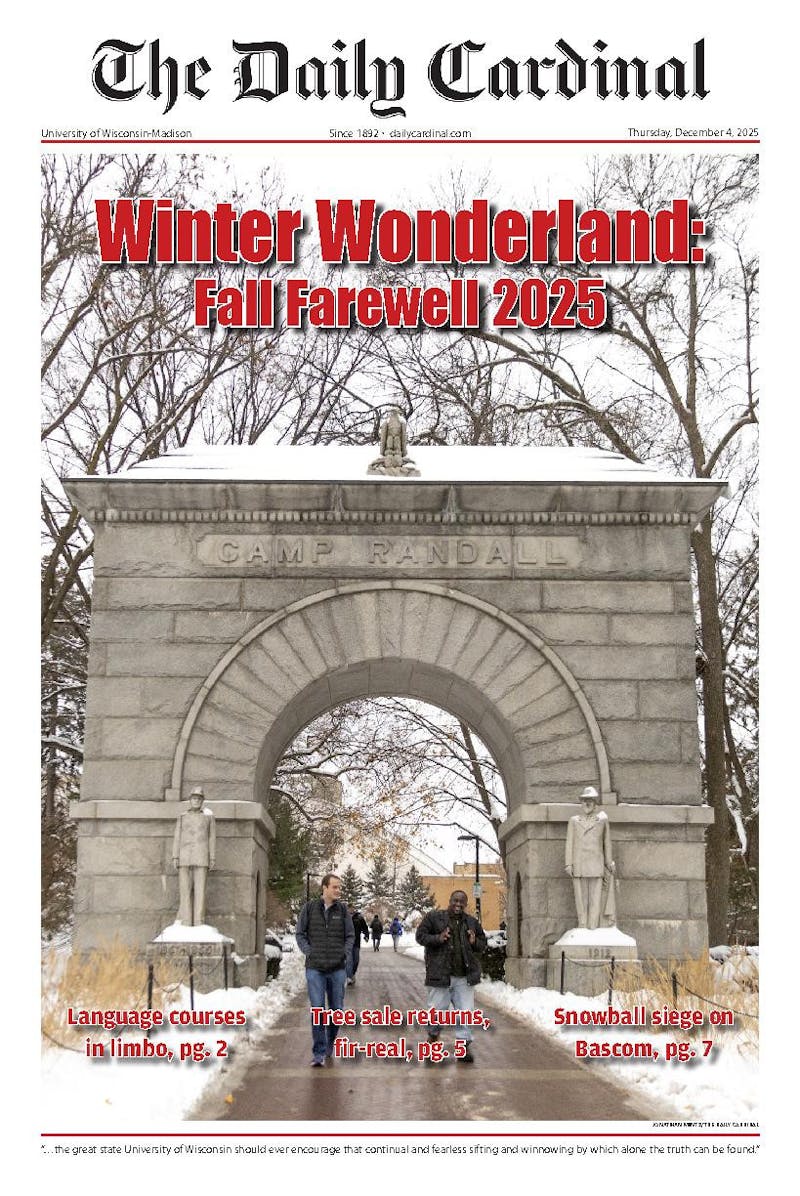You might expect that plants that grow in cold climates such as Wisconsin have to protect themselves from the freezing winter temperatures to survive. But recent research at UW-Madison indicates that these plants may actually need prolonged exposure to cold to survive and reproduce.
Dr. Richard Amasino, a UW-Madison professor of biochemistry, has found that plants need cold temperatures to induce molecular changes. These changes, through a process called vernalization, allow the plant to flower at the correct time. Amasino, whose findings were published in the January issue of Nature, said this research might ultimately allow food producers to maximize crop yields, even in years of erratic temperature swings.
Vernalization, from the Latin vernus, meaning \of the spring,"" is the phenomenon wherein a plant produces flowers shortly after exposure to extended cold.
The timing of flower production is important. Flowering is a plant's initial step in reproduction. If a plant flowers too early in the spring, when temperatures are cold, the flowers may die. But if it flowers too late, it will have a reduced window of opportunity in which to reproduce. This balance, though delicate, is vitally important for the plant species survival. This is what Amasino said intrigued him.
""My big question was, how does a plant measure the duration of winter so it flowers at just the right time in the spring?"" he said. So he and UW-Madison biochemistry graduate student Sibum Sung looked for answers in the mustard plant (Arabidopsis thaliana).
""Whenever you have an interesting question and you have no clue what the answer is, look at genetics,"" said Amasino about his research philosophy.
Their efforts were rewarded when they isolated a gene called FLC, which prevents a plant from flowering. After further research, Sung identified a second gene called VIN3, which turns off the FLC gene.
In other words, the FLC gene is like a stop sign, preventing the flowering process. After the VIN3 gene is exposed to 30 to 60 days of cold, near-freezing temperatures, it wakes up and negates the FLC stop sign. When this happens, flowering occurs.
Amasino called the isolation of these two genes a small step forward.
""The next question is, is there something that precedes the VIN3 gene that turns it off and on?"" he said.
Sung noted that the VIN3 gene is activated only after exposure to several straight months of cold, so a plant is not ""tricked"" by a temporary cold spell earlier in autumn. ""The plants know when they've been through a full winter,"" Sung said.





